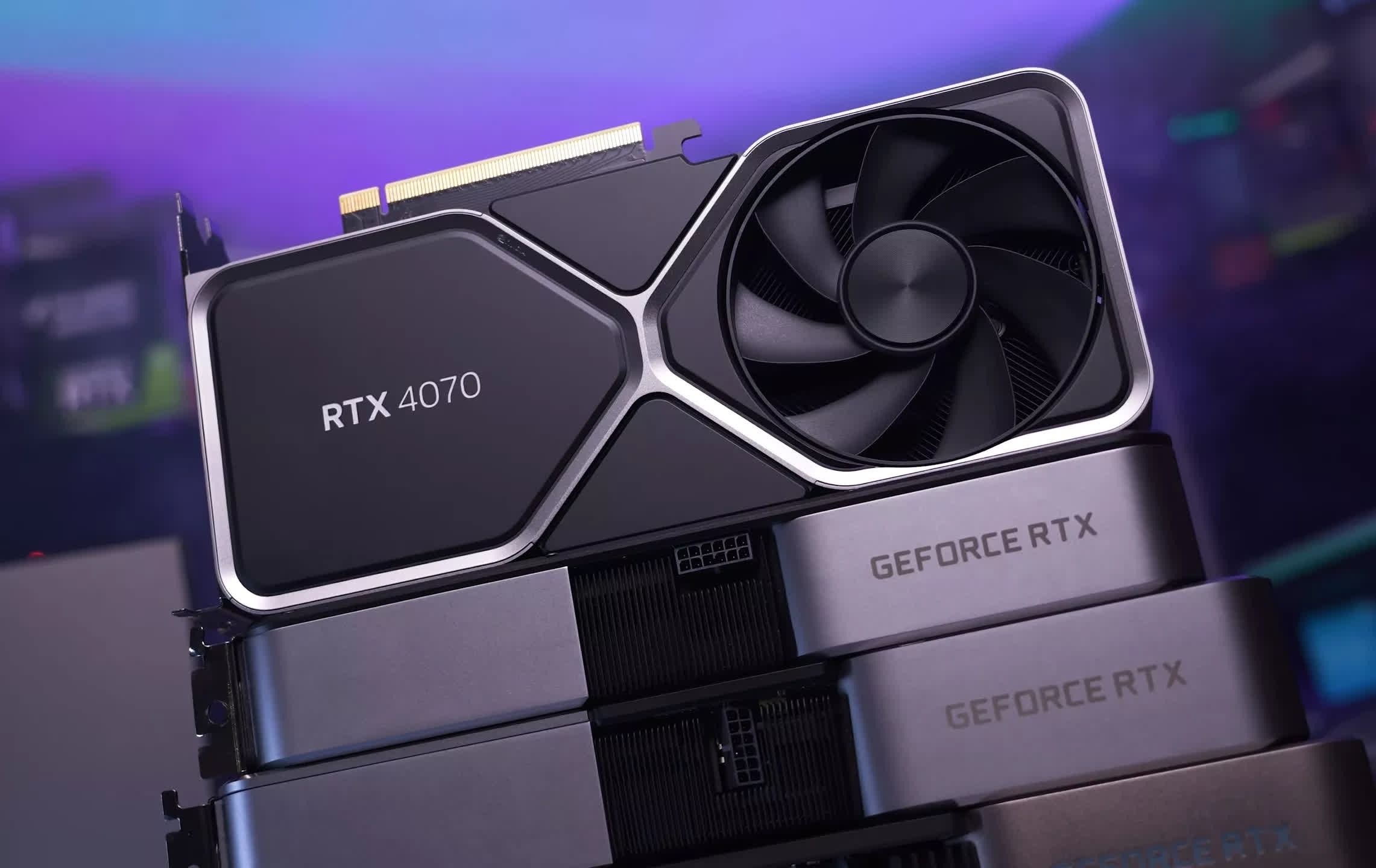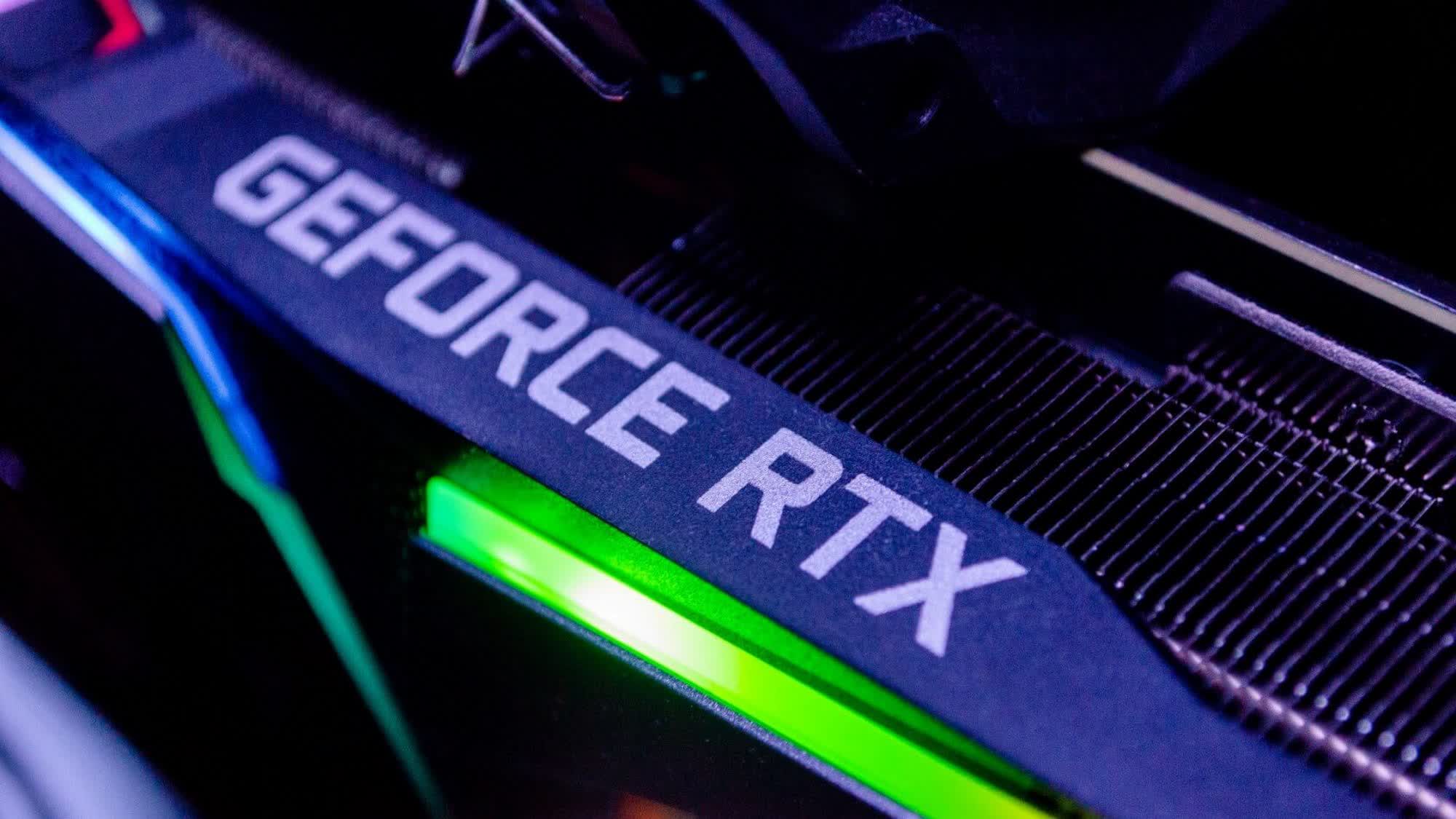Why it matters: Rumors of impending "Super" variants of Nvidia's latest RTX 40 series graphics cards could allow the company to address some of that lineup's shortcomings. The latest information suggests Nvidia might deliver improvements without increasing power consumption, easing the recurring fear of requiring ever-hungrier power supplies.
Prominent leaker Kopite7kimi's latest rumor on the supposedly upcoming RTX 40 Super series indicates its GPUs will consume just as much power as the standard RTX 40 cards. If true, the stats demonstrate efficiency gains, allowing users to easily upgrade without buying new power supply units.
Leakers like Hongxing2020 and MEGAsizeGPU began posting information about three possible upgraded Ada Lovelace graphics cards last month: variants of the RTX 4070, 4070 Ti, and 4080 carrying "Super" labels akin to the RTX 20 Super series. According to MEGAsizeGPU, the 4070 Super could upgrade from 12 to 16GB of VRAM and migrate from the AD104 to the AD103 GPU.

Kopite later claimed that the 4070 Super could retain the AD103 and that the 4070 Ti Super and 4080 Super might upgrade to the AD102 chip. Furthermore, Nvidia could cease 4080 shipments as the 4080 Super replaces it. However, the information is at least several weeks old, and the leakers admit low confidence surrounding it, especially regarding the 4070 Ti.
When Nvidia initially launched the RTX 40 series, some critics said its lower-than-expected performance improvement over the RTX 30 series didn't justify its increased prices. Furthermore, many considered 12GB of VRAM insufficient for the RTX 4070. Thus, a faster 16GB model would be welcome, depending on the cost.
They will have the same power consumption than non-super models. https://t.co/1vG6lsO4Kx
– kopite7kimi (@kopite7kimi) November 2, 2023
Concerns about Ada Lovelace's power consumption started before the lineup's first products shipped. Pessimistic predictions suggested that the biggest RTX 40 GPU could need up to 800W, but these fears were ultimately unfounded. While the flagship RTX 4090 leaped to 450W from its predecessor's 350W, most Lovelace cards had similar TDPs to their RTX 30 series counterparts. Now, it appears Nvidia managed to maintain the same power levels on the Super variants.
A mid-generation refresh could make sense, depending on how long it takes for RTX 50 to arrive. Some suspect the upcoming series, which promises more significant performance uplifts, might start shipping by the end of 2024, but other information indicates it could get delayed into 2025.
